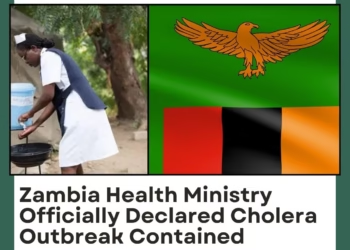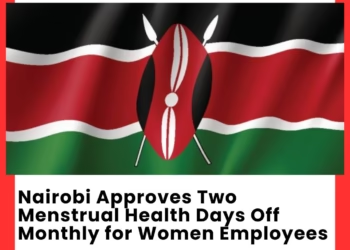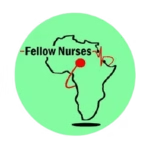Fellow Nurses Africa | Lagos, Nigeria | 26 September, 2025

A deeper look at the numbers reveals concerning gender disparities and regional hotspots that demand urgent attention
While Kenya has made remarkable strides in fighting HIV/AIDS over the past decade, recent data reveals a complex picture that challenges our understanding of the epidemic’s trajectory. The country’s battle against HIV continues to face significant obstacles, particularly when it comes to protecting women and addressing regional inequalities.
Women Bear the Heaviest Burden
Current data shows that women account for approximately 65% of new HIV infections, a pattern that reflects deep-rooted social and economic vulnerabilities.
This gender disparity represents thousands of mothers, daughters, and sisters whose lives hang in the balance. The reasons behind this trend are complex, ranging from biological factors that make women more susceptible to HIV transmission to social issues including gender-based violence, economic dependency, and limited access to education.
Perhaps even more striking is the geographic concentration of new infections. Nine out of Kenya’s 47 counties account for 65% of all new adult HIV infections, highlighting the urgent need for targeted interventions in these hotspot areas.
This concentration suggests that a precision approach to HIV prevention focusing resources and programs on these high-burden areas could yield disproportionately positive results.
It also raises questions about resource allocation and whether current prevention strategies are reaching the communities that need them most.

Despite Kenya’s impressive treatment coverage, with 94% of people living with HIV on treatment, a significant gap remains. Over 164,400 Kenyans who need antiretroviral therapy (ART) are not currently receiving it including more than 99,500 women and 64,900 men.
This treatment gap represents more than statistics; it’s a missed opportunity to not only save lives but also prevent further transmission.
People on effective HIV treatment have virtually no risk of transmitting the virus to their partners, making treatment both a personal health necessity and a public health tool.
What Makes This Crisis Different
Unlike many health challenges that affect Kenya, HIV presents a unique combination of medical, social, and economic factors that require equally complex solutions. The virus doesn’t just attack the immune system, it exposes and exploits existing inequalities in society.
The concentration of new infections among women and in specific geographic areas suggests that traditional blanket approaches to HIV prevention may be less effective than targeted, community-specific interventions that address local risk factors and social dynamics.
Kenya’s HIV epidemic in 2025 isn’t the same as it was in the early 2000s. While overall progress has been substantial, the current patterns demand a more nuanced response. The path forward requires:
- Gender-focused interventions that address the specific vulnerabilities that put women at higher risk
- Geographic targeting of resources to the nine high-burden counties
- Closing the treatment gap by reaching the 164,400 people who need but aren’t receiving ART
- Community-based solutions that tackle the social and economic factors driving new infections
As Kenya moves toward its goal of ending AIDS as a public health threat, addressing these specific challenges could be the key to finally turning the tide on new infections. The question isn’t whether Kenya can succeed, but whether it will marshal the focused effort needed to address the epidemic’s current reality.
The fight against HIV in Kenya continues to evolve. Stay informed about the latest developments in public health by following credible sources and supporting evidence-based prevention efforts.
Fellow Nurses Africa is the independent voice of African Nurses. We educate, inform and support the nursing profession.










